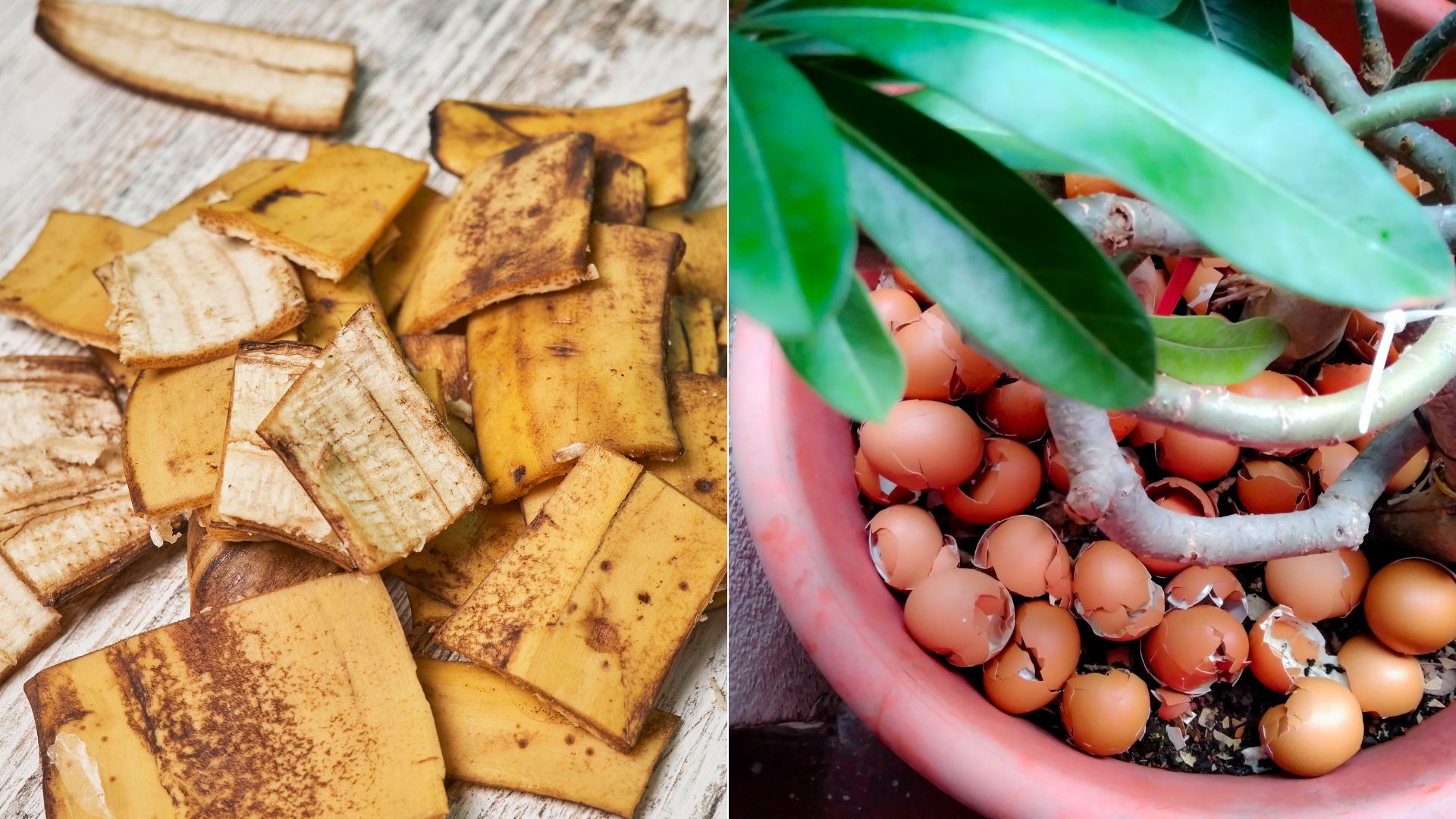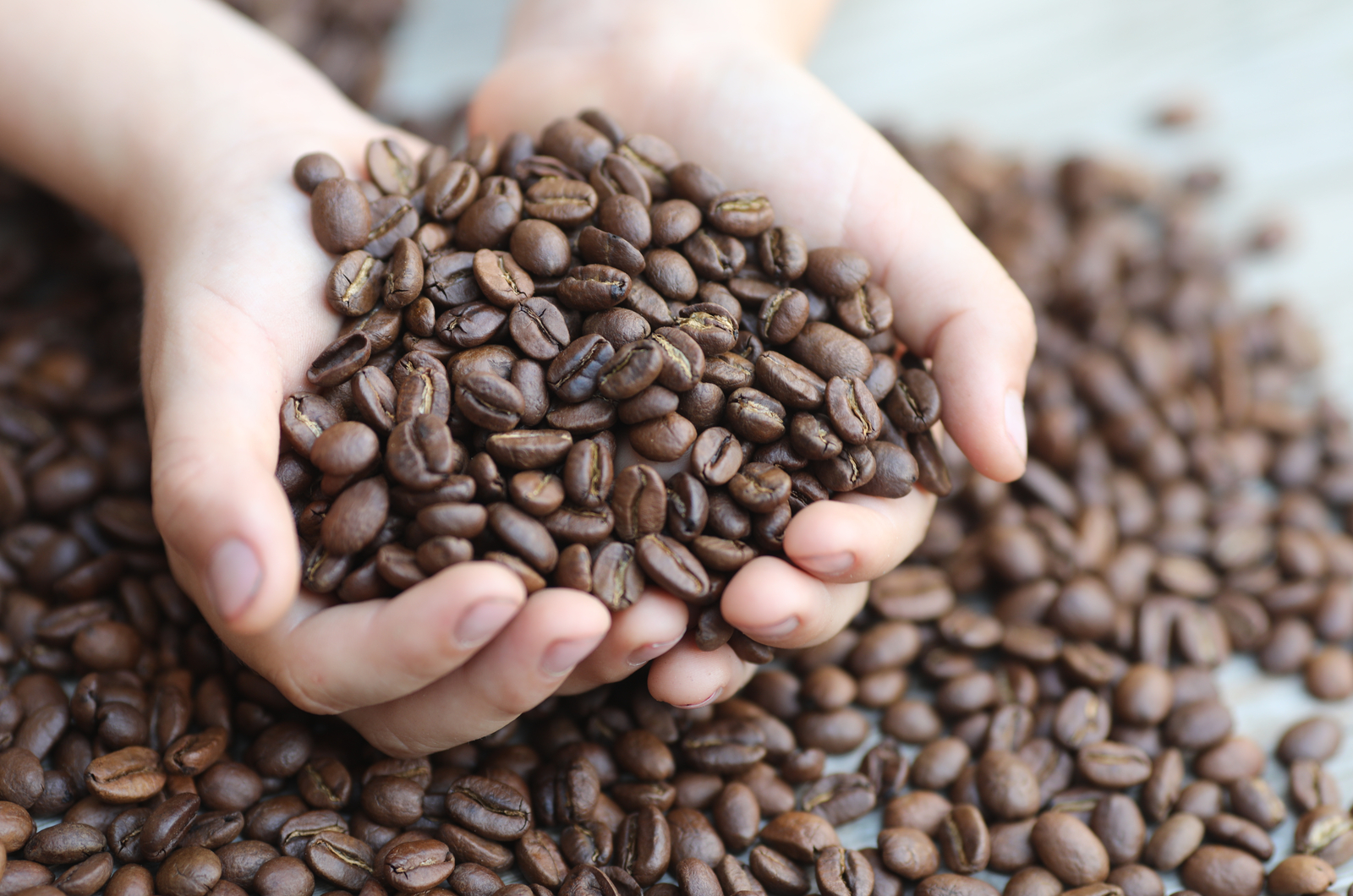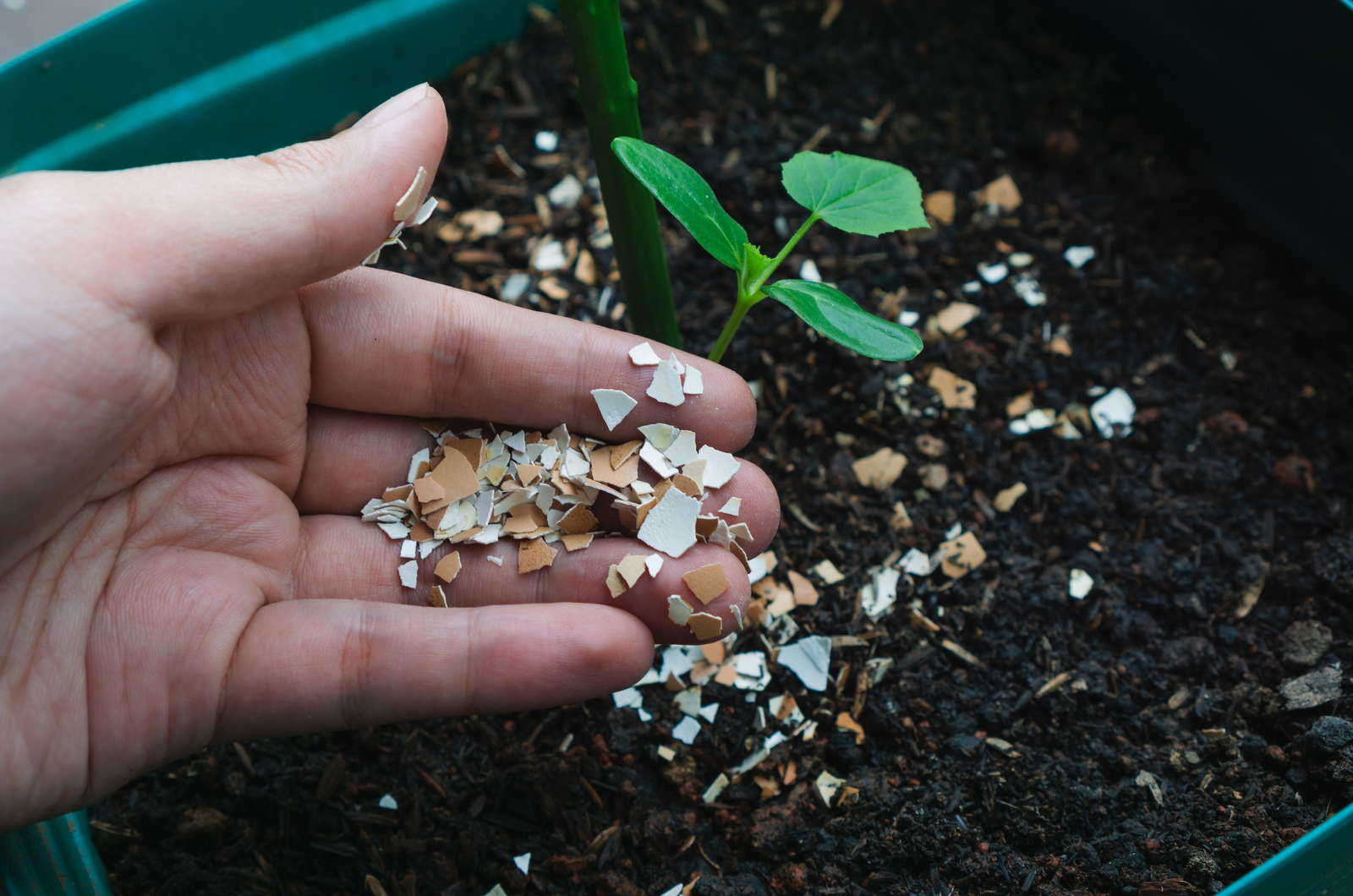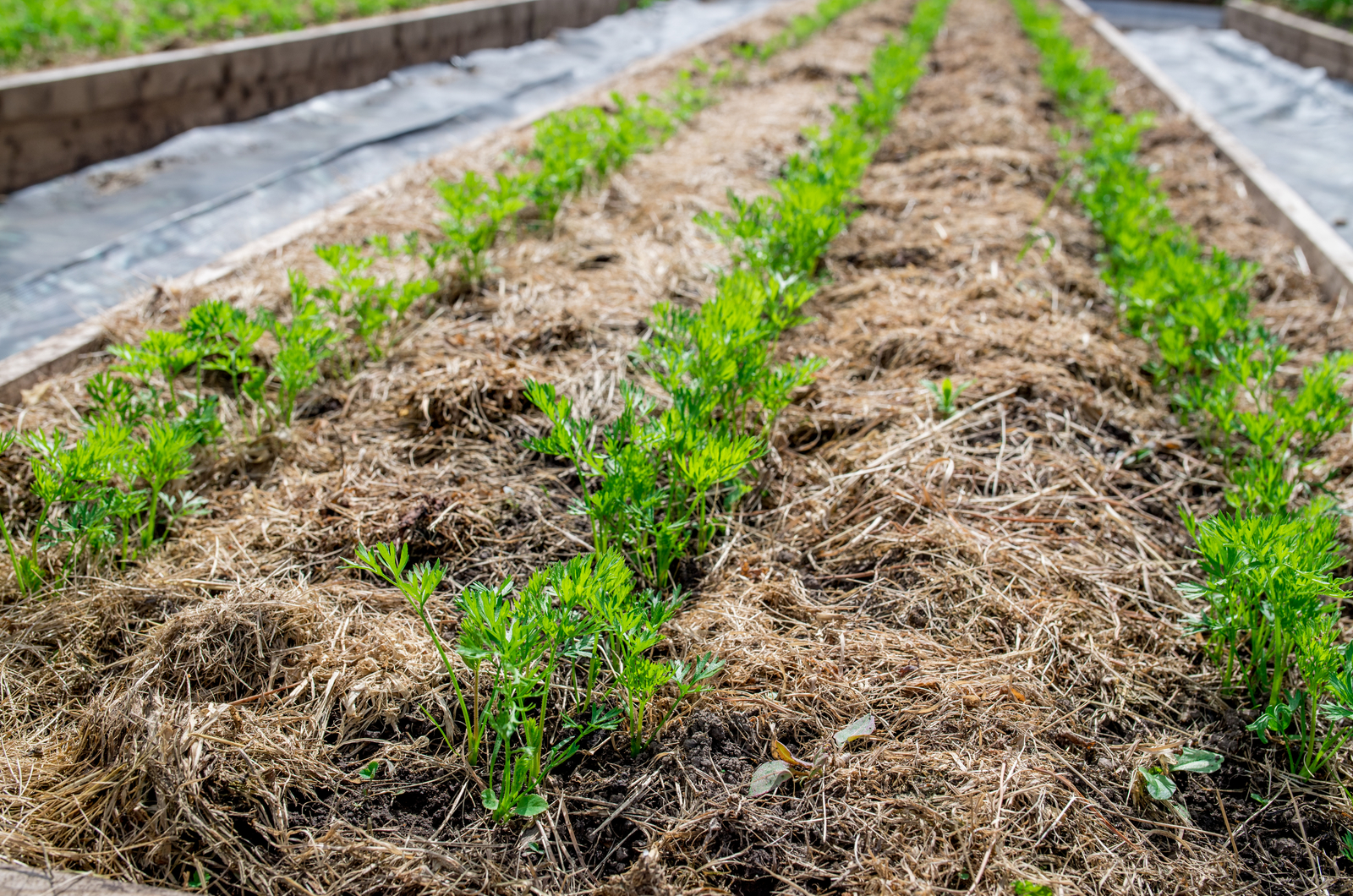Instead of spending your money on expensive fertilizers, consider using homemade ones. Making your own fertilizer is a useful way to give your plants the nutrients they need without using store-bought chemicals.
All you need is readily available in your kitchen – tea, bananas, coffee grounds, eggshells, vinegar, and salts. There is no need to buy any special ingredients for your homemade fertilizer!
It is quite easy to make one, and it will provide your plants with all the necessary nutrients for proper growth and development. Plus, it’s a more eco-friendly choice, too!
Let’s discuss some easy ways to make your own homemade fertilizer so you can take good care of your plants.
1. Use Leftover Green Tea
Green tea is just as good for your plant’s health as it is for yours. Green tea leaves contain phosphorus, potassium, and nitrogen – all essential nutrients that improve growth and development.
Simply mix the tea with water and let it sit for 24 hours. If you have leftover tea, you can use that as well. You can either pour the mixture right into the plants’ soil or strain it beforehand. This will provide nutrients, but also help to keep pests and insects at bay.
Also read: Is Watering Plants With Tea Such A Good Idea? Find Out Here!
2. Don’t Throw Away Banana Peels
Instead of throwing away banana peels, you can use them to make banana peel fertilizer. These also contain nutrients such as potassium, calcium, and magnesium. They can feed the plant and promote root growth.
Now, you can either chop up the peels and bury them near the roots of your plants, or you can steep them in water to make a liquid fertilizer.
If you want to make liquid banana peel fertilizer, simply mix them with water in a glass jar and put on a tight lid. Let it soak for a few days or a week. Then, you can put it in a spray bottle and use it for fertilizing your plants!
3. Your Plants Like Coffee Too!
Coffee grounds are another excellent source of organic fertilizer. Most plants like coffee grounds because they can retain moisture, repel pests, attract beneficial insects, improve soil fertility, and increase acidity.
Coffee grounds are abundant in minerals like nitrogen, magnesium, calcium, and potassium – all of which plants can benefit from.
You can simply sprinkle some coffee ground around your plants or mix them into the soil. If you are not sure how to use coffee grounds, then check out: Why, When, And How To Use Coffee Grounds For Houseplants
4. Combine Water And White Vinegar
It seems as though we can use vinegar for basically anything!
Vinegar is often used to suppress weed growth, but it can also be used as a fertilizer. It is mainly used to increase the acidity of the soil. If you are growing some acid-loving houseplants, then you should consider making this.
All you have to do is mix one tablespoon of white vinegar with one gallon of water and use it to water your plants. To make sure that your soil is in good shape, you can buy a pH meter to track the pH levels.
You can find them on Amazon for cheap prices – the SONKIR soil pH meter is their best seller!
5. Use Eggshells
There are numerous eggshell uses around the garden, and one of them is making eggshell fertilizer. Since eggshells are rich in calcium, they can promote better growing conditions for your plants.
Cleaning and dehydrating the eggs is crucial when making this fertilizer. Simply put them in a 400°F oven for about two minutes – this will help to get rid of salmonella. You can also simply put them in direct sunlight for a day.
After they have dried, put them in a blender to make a powder. This will make the nutrients readily available. Sprinkle some powder around the base of your plants and call it a day!
6. Get Epsom Salts
Epsom salts contain magnesium and sulfur (two essential nutrients for plants), which is why they make great fertilizers.
Dissolve one tablespoon of Epsom salts in one gallon of water and apply it to your plants once a month to promote healthy growth. As an alternative, you could sprinkle epsom salts on the soil once a month.
Remember that Epsom salts shouldn’t be used for tropical palms or carnivorous plants because they thrive in mineral-poor soils.
7. Grass Clippings For Fertilization
Grass clippings can be used as mulch, but did you know that they can be used as fertilizers, too?
Vital nutrients such as potassium, phosphorus, and nitrogen can be found in grass clippings. Instead of throwing them away, why not put those nutrient-rich clippings to good use?
You can leave them on the lawn to decompose slowly, or you can grab a bucket and fill up two thirds with grass clippings to make your own homemade fertilizer. Then, add water to the bucket and cover it with a lid or cheesecloth.
Make sure to keep this mixture in the shade. Let it sit for about one or two weeks. After that, pour the mixture into a watering can and sprinkle some of it around your plants’ bases.
In addition, you can pour some in a spray bottle and use it for your indoor plants. This will promote lush and vibrant growth!
I wouldn’t recommend you store any fertilizer leftovers as they can start to smell bad after some time.
If you are interested in other grass clipping uses, make sure to check out: 7 Ways To Use Grass Clippings Instead Of Throwing Them Away





